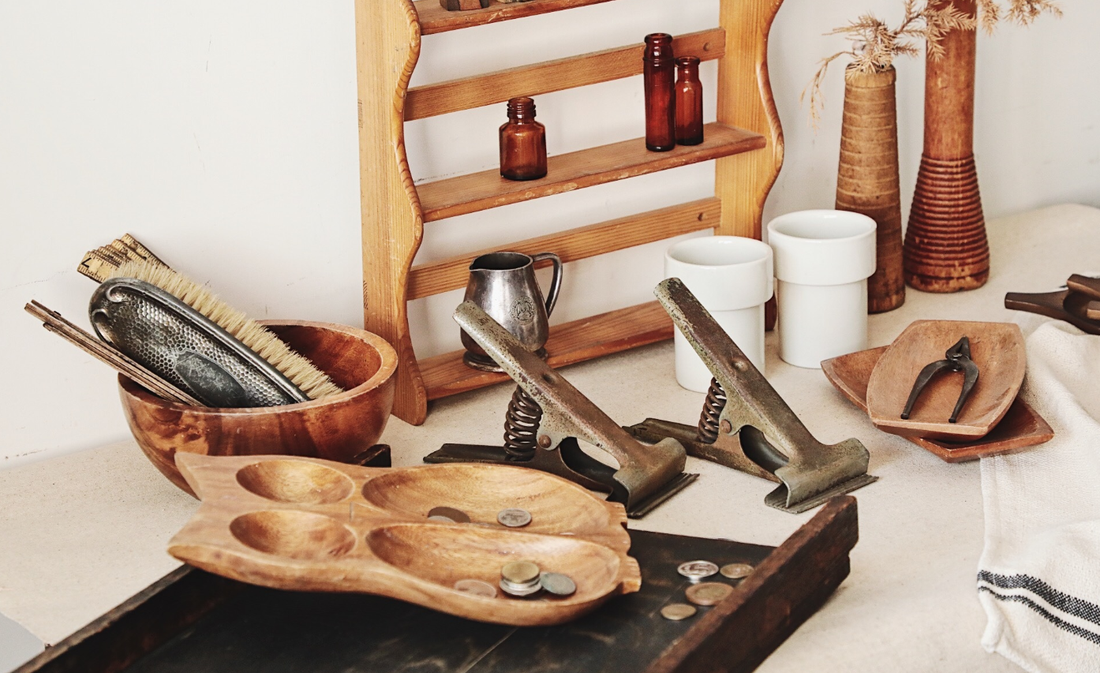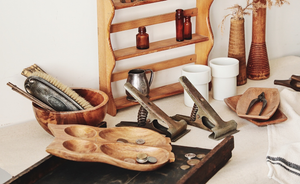
Methods and precautions for inspecting wooden products, as well as inspection, factory verification, and certification services.
Wood products, as important products in the fields of home furnishing and decoration, their quality and safety directly affect the performance during use and the rights and interests of consumers. During the inspection, factory verification, and product inspection and certification processes of wood products, a strict quality control system must be established. This article will systematically elaborate on the inspection standards, testing methods, and quality certification requirements of wood products, providing professional guidance for relevant practitioners.
I. Inspection and Certification of Appearance Quality of Wood Products
(1) Scope and Purpose of Inspection
Inspection and Certification Scope
Applicable to all wood products, finished goods and packaging items
Covering the entire process of incoming goods inspection, process inspection and finished product inspection
Surface classification criteria
Inspection surface: The visible surfaces of the product, including the front, sides, and bottom.
Positive: The most frequently seen main surface
Side view: The surface that can be seen from a specific direction.
Bottom surface: Rarely seen or accessible surface that requires disassembly for inspection.
(2) Defect Grade Certification Standards
Fatal Defect (CRI)
Resulting in customer returns and complaints
There are potential safety hazards or risks to personal safety.
Serious Defect (MAJ)
Affecting the performance of product usage
Reduce the value of the product's use
Minor Defect (MIN)
Does not affect the product's usage function
Only related to the aesthetic appearance
(3) Inspection of environmental certification requirements
Lighting conditions
Environmental brightness: 600 - 1000 LUX
Light source position: Above the inspector's head
Avoiding environmental reflection interference
Inspection Specifications
Testing distance: 40 cm
Observation angle: 45°
Testing time: Performed in accordance with the standards.
II. Certification Standards for Wood Products
(1) Certification Process Before Production
Pre-production sample certification
Before mass production, a pre-production sample must be made.
The samples were sealed after being jointly confirmed by the quality department.
Batch inspection is based on the sample products.
First article inspection and certification
The first piece is the qualified product of the first batch for mass production.
Covering all aspects including sketching, assembling, painting, and packaging.
The first batch that fails the inspection shall not be put into mass production.
(2) Quality and appearance inspection certification
Wood processing defect certification
The wood panel components must be edge-sealed.
No delamination, blistering or separation occurred.
There are no looseness or breakage defects at the joint.
Paint processing certification
No chromatic aberration, wrinkled paint film, sticky texture
No fogging, no white spots, no runny finish, no scratches
The covering material has no dents, blemishes or sharp edges.
Hardware accessory installation certification
No missing parts, no missed nails, no exposed nails
The moving parts start up smoothly.
Installed firmly without any looseness
(3) Moisture Content Control Certification
Moisture Content Standard
Solid wood material ratio: 6% - 8%
Machining section: 8% - 10%
Artificial board materials: 6% - 12%
Quality Control
Prevent deformation, warping and cracking
Regular monitoring and inspection
III. Assembly Process Inspection and Certification
(1) Assembly Basic Principles
Secure: The joints are tightly joined without any gaps.
Ping: The base surface is flat and straight.
Lock: Firmly connected without any looseness
Right: Diagonals are equal and symmetrical
(2) Dimension Accuracy Certification Diagonal tolerance
Length ≥ 1000mm: ≤ 1.5mm
Length < 1000mm: ≤ 1.0mm
Flatness certification
700mm ≤ diagonal length < 1400mm: ≤ 1.5mm
Diagonal < 700mm: ≤ 1.0mm
Stability Certification
Foot stability: ≤ 1.5mm
Adjacent edge perpendicularity: Meets the standard requirements
(3) Painting Process Certification
Pre-treatment Inspection
The sanding is smooth without any fraying.
No cracking, no knife marks, no glue detachment
The sand marks are clean and free of loose sand.
Coating Quality Certification
Adhesion test: Grid marking method inspection, no peeling of the paint layer
Hardness test: No scratches were found when using HB pencil for testing.
Appearance inspection: No run-off, orange peel, or blemishes.
IV. Certification Standards for Finished Products
(1) Appearance Quality Certification
Surface Quality Requirements
Flat and without any bumps or unevenness
The phenomenon of needle-like spines absent
The color is uniform and there is no color difference.
Defect Control Standards
The number of 3mm depressions is no more than 3, and they are not concentrated.
No protrusions exist.
No scratches or deformities
(2) Hardware Accessories Certification
Dimension Accuracy
The length tolerance of the screw is ±1mm.
The cap is round and perfectly shaped with no cracks.
The male and female can cooperate seamlessly.
Surface quality
No rust, no scratch.
Electroplating is firm and does not peel off.
The colors are uniformly consistent.
(3) Packaging Inspection Certification
Paper box quality
The appearance is clean and tidy.
Printed clearly and evenly
The hardness meets the requirements.
Packaging Specifications
Humidity control ≤ 12%
Nail the joints tightly together.
The shipping mark is accurate and error-free.
V. Inspection and Certification Process and Requirements
(1) Sampling Inspection Plan
Sampling Standards
Items ≤ 50 pieces: Full inspection
General items: Sampled according to AQL standard
The number of test groups is ≥ 50% of the sample inspection quantity.
Inspection requirements
The collaborative quality control supervisor was present.
Recorded completely and traceable
Clear determination: Acceptance or Rejection
(2) Preparation for On-site Inspection
Required Tools
Color palette, instruction manual
Order Copy
Measuring tools (tape measure, caliper)
Inspection timing
The goods can be inspected after the packaging is completed by two-thirds.
Goods shall not be loaded into the container before inspection.
Inspect the goods by container.
(III) Quality Evaluation Criteria
Handling of Major Defects
Require comprehensive handling
Re-inspect after rectification
Secondary defect management
Be included in the key inspection items for the next inspection.
Improve during the manufacturing process
By establishing a comprehensive inspection and certification system for wood products and strictly implementing quality control throughout the entire process from raw materials to finished products, it is possible to effectively ensure that the quality of wood products meets national standards and customer requirements, thereby providing consumers with safe and high-quality wooden products.
分享这个商品

Methods and precautions for inspecting wooden products, as well as ins
Wood products, as important products in the fields of home furnishings and decoration, their quality and safety directly affect their performance in use.
